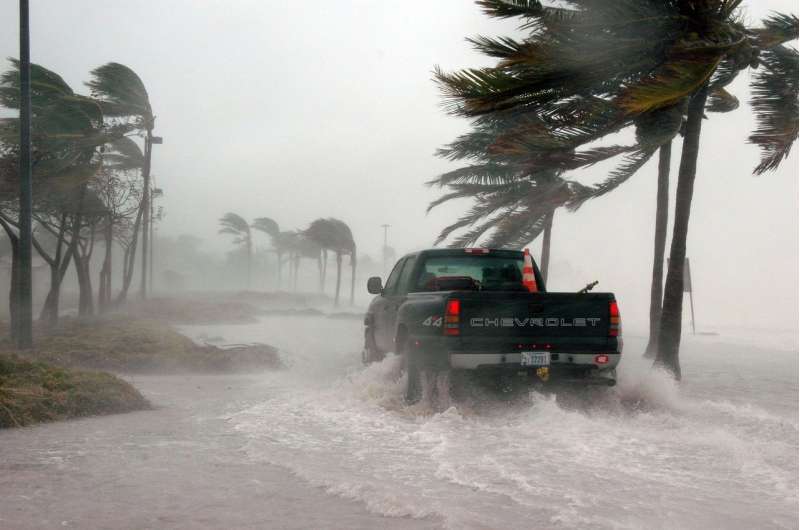
The COVID-19 pandemic has spiked the overdose death rate from opioid use. For people who rely on medications (buprenorphine, methadone, and extended-release naltrexone) to treat opioid use disorders, the pandemic and such natural disasters as tornadoes, hurricanes, and wildfires can disrupt access to medications. New Yale-led research published April 19 in JAMA Network Open finds that the location of medication treatment services makes treatment interruption likely where those disruptions exist.
The research team, led by Paul Joudrey, MD, MPH, assistant professor of medicine (general medicine); and Yale Drug Use, Addiction, and HIV Research (DAHRS) scholar, correlated Centers for Disease Control (CDC) data on community vulnerability to natural disasters and pandemics with the locations of medications and opioid use disorder services across the continental United States. Reasons people within a community could be more vulnerable to disasters and pandemics include their age, minority race, poverty, housing, and access to transportation.
They found the availability of medication services was not matched with community vulnerability. “In plain terms, we are not placing enough services in communities that are more vulnerable to disasters and pandemics. If a disaster disrupts medication services, people living within these communities are less likely to receive treatment.” This mismatch between community vulnerability during disaster and the availability of services was the worst for vulnerable suburban communities. This was a particularly unique finding. “We also found that in rural communities, because the availability of services was just bad all around, there was no association between vulnerability and access to medications,” added Joudrey.
These findings confirm what has been reported in recent natural disasters. “Hurricane Katrina, Hurricane Sandy, and Hurricane Maria showed that part of the deaths that occur following disasters such as those are because people’s health services were disrupted. Our results show that preparedness has too long been only a practice for the middle and upper class. We need to think more deliberately about how preparedness for hurricanes and for COVID-19 includes those placed at highest risk,” said Emily Wang, MD, professor of medicine (general medicine) and of public health (social and behavioral sciences); and director, SEICHE Center for Health and Justice at Yale.
The research is a collaboration among Yale’s Program in Addiction Medicine and SEICHE Center for Health and Justice, and the Healthy Regions & Policies Lab, Center for Spatial Data Science at the University of Chicago.
“We are not placing enough services in communities that are more vulnerable to disasters and pandemics. If a disaster disrupts medication services, people living within these communities are less likely to receive treatment,” commented Dr. Joudrey.
Joudrey praised the partnership with the Healthy Regions & Policies Lab. “One of my primary mentors, Dr. Emily Wang, connected me with the lab through her National Institutes of Drug Abuse’s JCOIN (Justice Community Opioid Innovation Network) work. Dr. Marynia Kolak, one of the key authors on this paper, is a wonderful health geographer and has similar interests to my own. When Emily connected us, it was really that collaboration and connection that allowed this project to come together. Her health geography lab at University of Chicago has just been a wonderful group to work with.”
Source: Read Full Article
